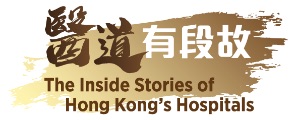
The 60th anniversary of QEH
A telephone lifeline in a pre-internet age
 The telephone exchange room at the Queen Elizabeth Hospital (QEH) contained three designated direct lines connected to the airport, the Fire Services Department, and the Security Bureau. Tse Kin-ming (Ming, pictured), the supervisor of the telephone exchange room explains that prior to the establishment of the Hospital Authority’s Major Incident Control Centre, the telephone operators in the QEH were responsible for receiving and transmitting accident information and notifying other hospitals. “For example, in the event of an airplane accident, the airport control tower would immediately contact us via the direct-line telephone, and we would then notify the Accident & Emergency services of QEH and other HA acute hospitals for preparedness and rescue.”
The telephone exchange room at the Queen Elizabeth Hospital (QEH) contained three designated direct lines connected to the airport, the Fire Services Department, and the Security Bureau. Tse Kin-ming (Ming, pictured), the supervisor of the telephone exchange room explains that prior to the establishment of the Hospital Authority’s Major Incident Control Centre, the telephone operators in the QEH were responsible for receiving and transmitting accident information and notifying other hospitals. “For example, in the event of an airplane accident, the airport control tower would immediately contact us via the direct-line telephone, and we would then notify the Accident & Emergency services of QEH and other HA acute hospitals for preparedness and rescue.”
Ming joined the hospital in 1995 and in the following year he witnessed the no.5 alarm fire at the Garley Building. “At that time, before we received notification from the Fire Services Department, we saw black smoke rising in the distance from the hospital. So, we immediately informed the relevant medical colleagues, and even colleagues who were on leave were summoned for standby. The sound of phone calls on that day never stopped.” In the past, telephone operators communicated with colleagues by internal pagers. With technology advancements, the internal pager system has been replaced by computer system. Ming believes that the role of telephone operators is important. “In a hospital, every second counts in saving lives. We are the main communication bridge. Medical staff are heroes, but heroes also need people to pave the way in order to expedite the rescue process. It’s a joint effort.”
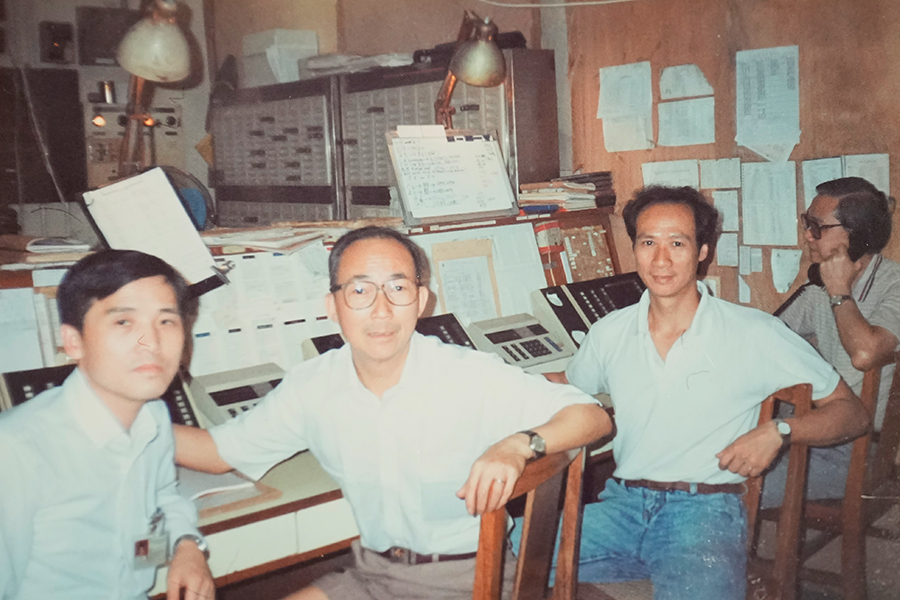
A royal transformation
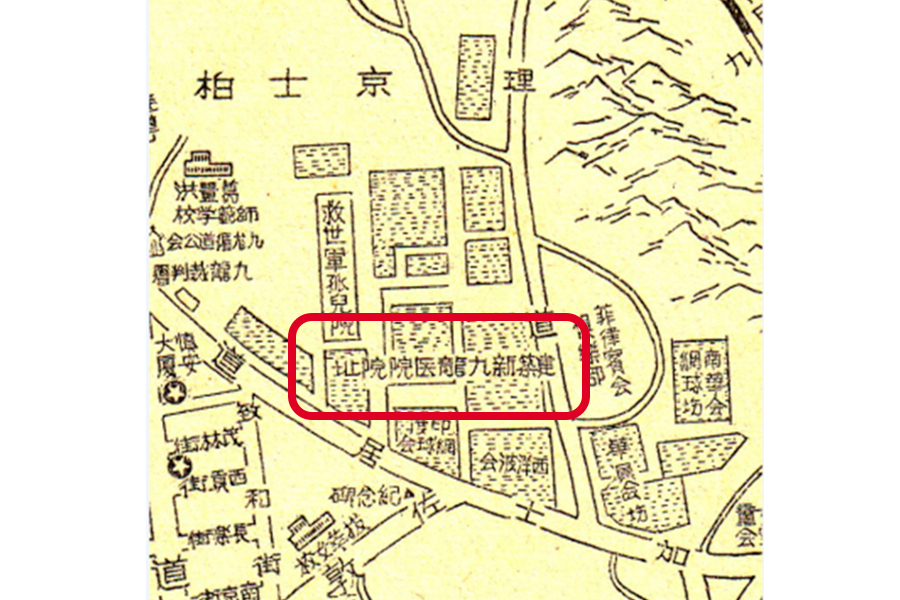 When approval was given for a new hospital to be built in King’s Park in the 1950s, it was originally due to be called the New Kowloon Hospital. It was eventually called the Queen Elizabeth Hospital after the reigning monarch Queen Elizabeth II and is commonly referred to as the ‘Queen’s Hospital’. A new chapter will begin for the hospital when it is relocated to the new acute hospital with 2,400 beds in the Kai Tak Development Area.
When approval was given for a new hospital to be built in King’s Park in the 1950s, it was originally due to be called the New Kowloon Hospital. It was eventually called the Queen Elizabeth Hospital after the reigning monarch Queen Elizabeth II and is commonly referred to as the ‘Queen’s Hospital’. A new chapter will begin for the hospital when it is relocated to the new acute hospital with 2,400 beds in the Kai Tak Development Area.
Hospital landmarks of yesterday
The red and white checkerboard square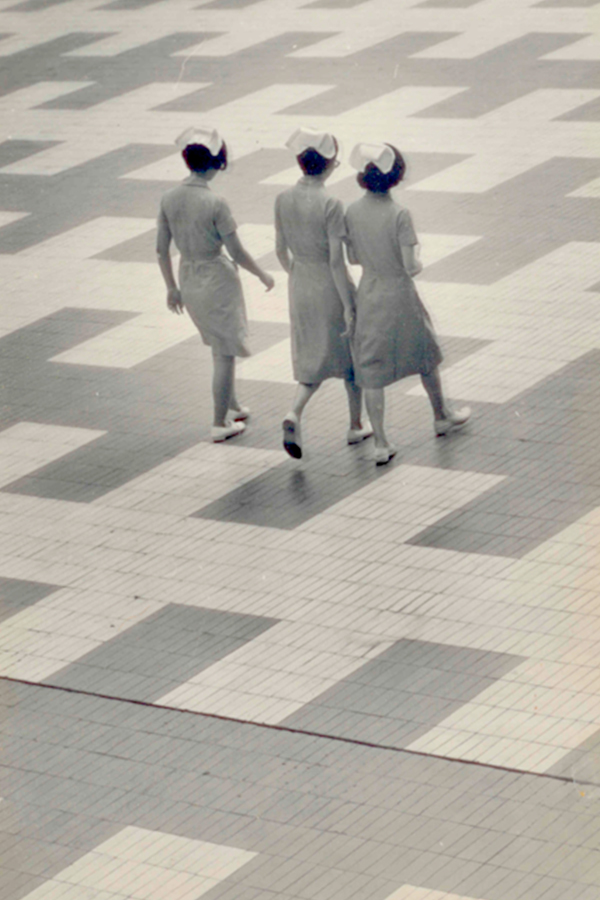 The operating theatre building in Block D used to be an empty space paved with red and white checkerboard tiles. Today, the square has been replaced by a covered pedestrian walkway and the building.
The operating theatre building in Block D used to be an empty space paved with red and white checkerboard tiles. Today, the square has been replaced by a covered pedestrian walkway and the building.
The Animal House
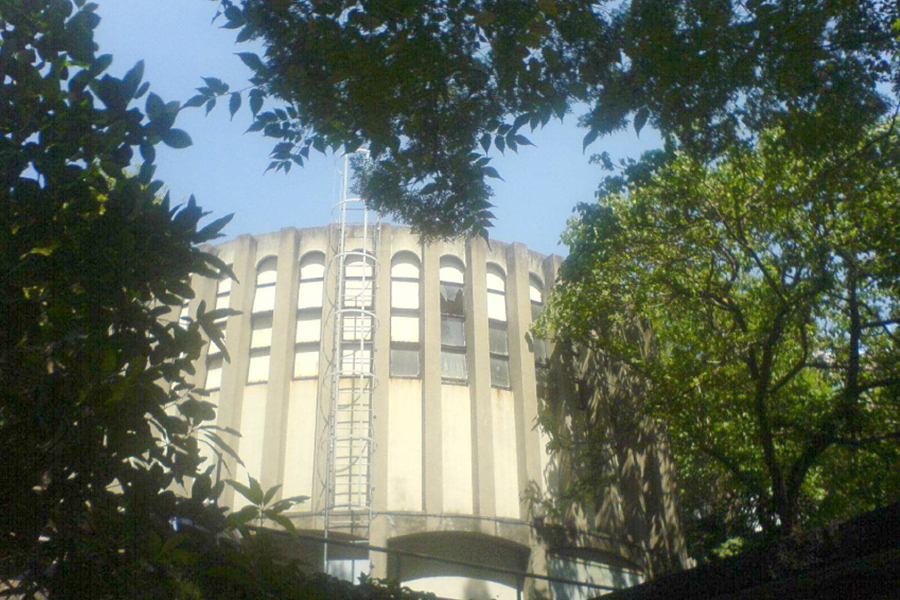 The Animal House was a cylindrical building behind the main hospital building and was home to sheep, white mice, rabbits and guinea pigs. These animals provided different specimens for the laboratory and were used for testing of plague samples collected in the rat boxes by the Municipal Affairs Office. As laboratory supplies became more accessible, there was no longer a need to keep animals for testing purposes and the menagerie was cleared.
The Animal House was a cylindrical building behind the main hospital building and was home to sheep, white mice, rabbits and guinea pigs. These animals provided different specimens for the laboratory and were used for testing of plague samples collected in the rat boxes by the Municipal Affairs Office. As laboratory supplies became more accessible, there was no longer a need to keep animals for testing purposes and the menagerie was cleared.
Community Health Carnival

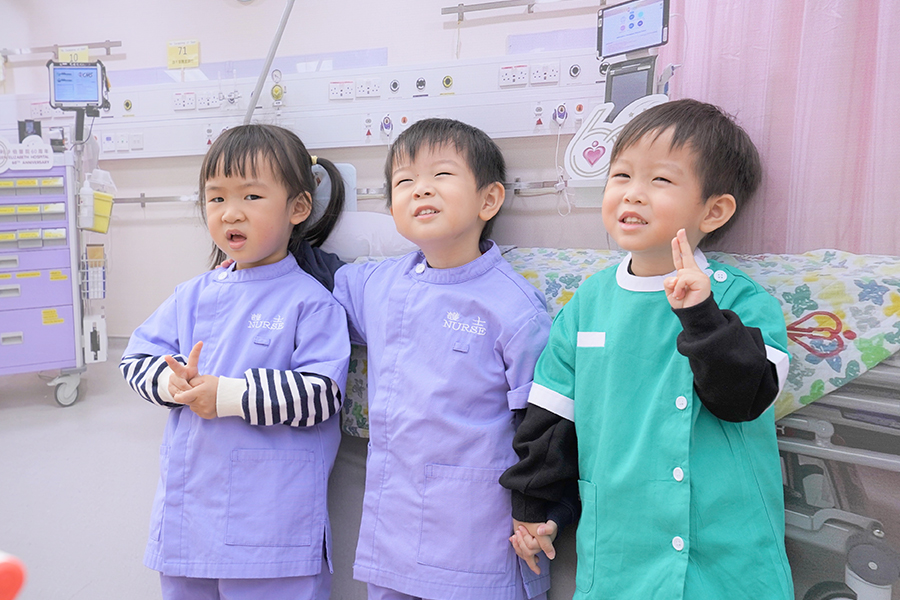 QEH held a Community Health Carnival featuring more than 20 game booths for members of the public to celebrate its 60th anniversary. The most popular attraction was the ‘Junior Healthcare Workshop’ where children dressed up in doctor and nurse uniforms and played games teaching them how to clean and stitch wounds.
QEH held a Community Health Carnival featuring more than 20 game booths for members of the public to celebrate its 60th anniversary. The most popular attraction was the ‘Junior Healthcare Workshop’ where children dressed up in doctor and nurse uniforms and played games teaching them how to clean and stitch wounds.